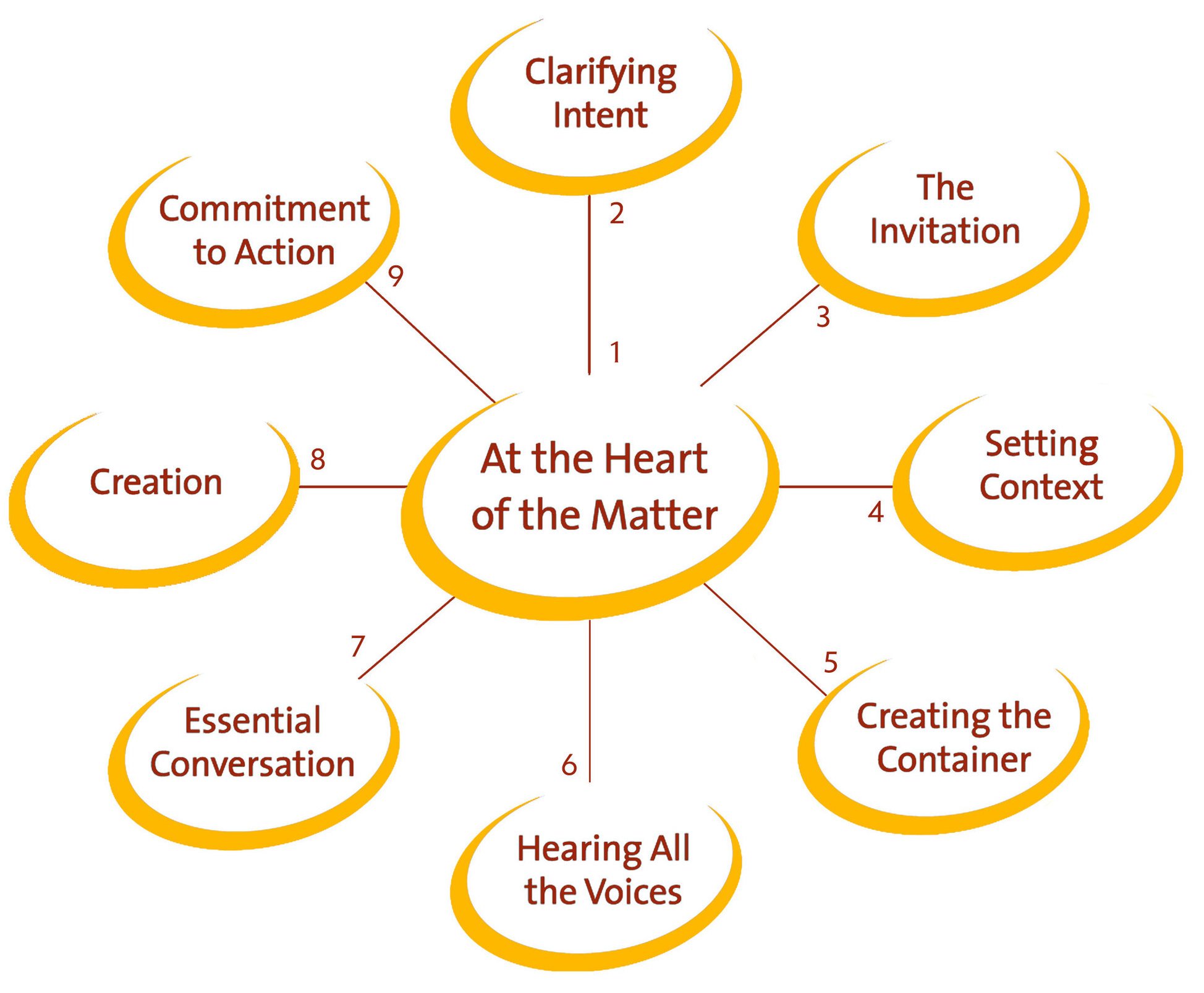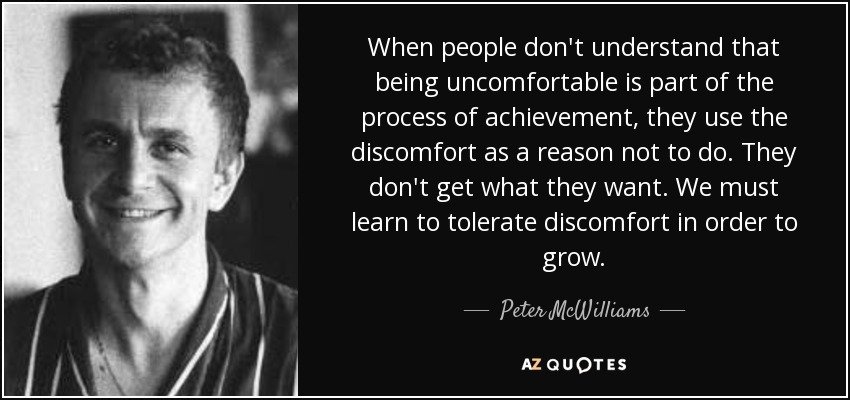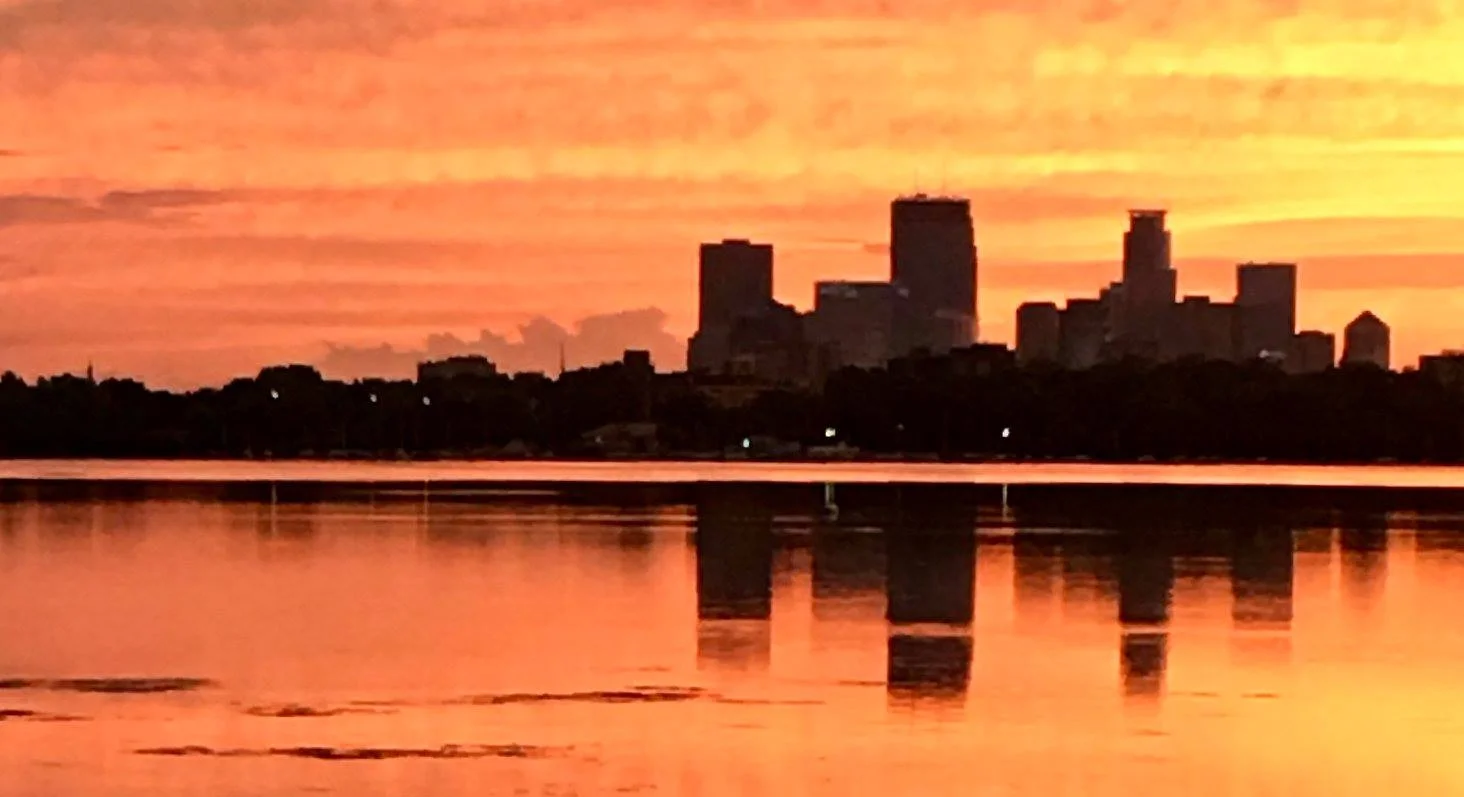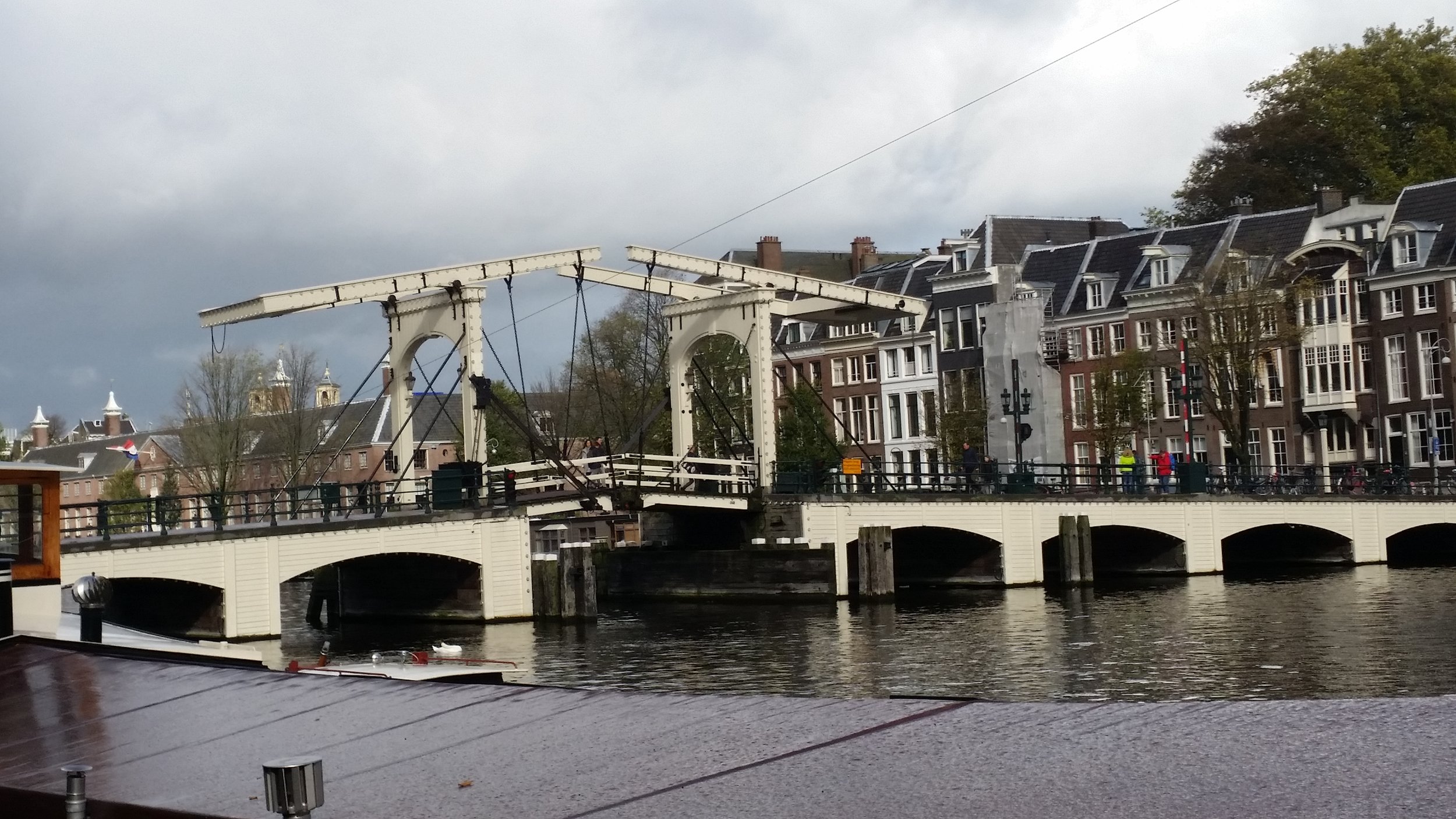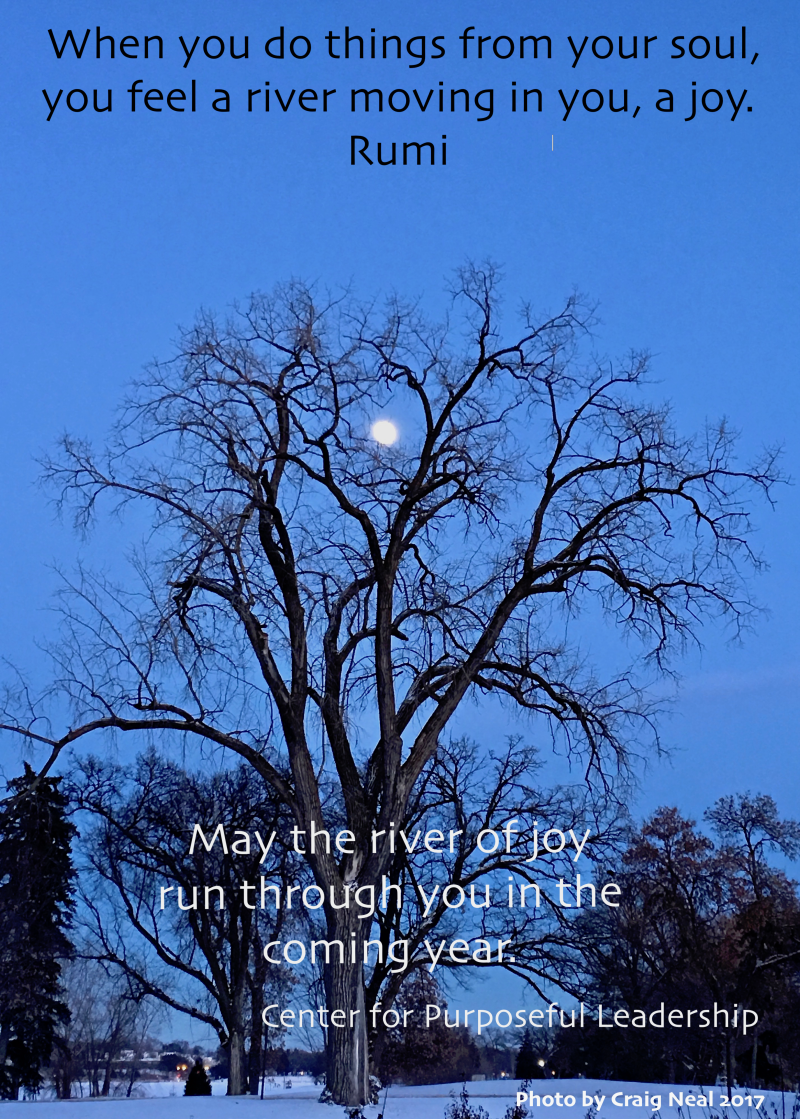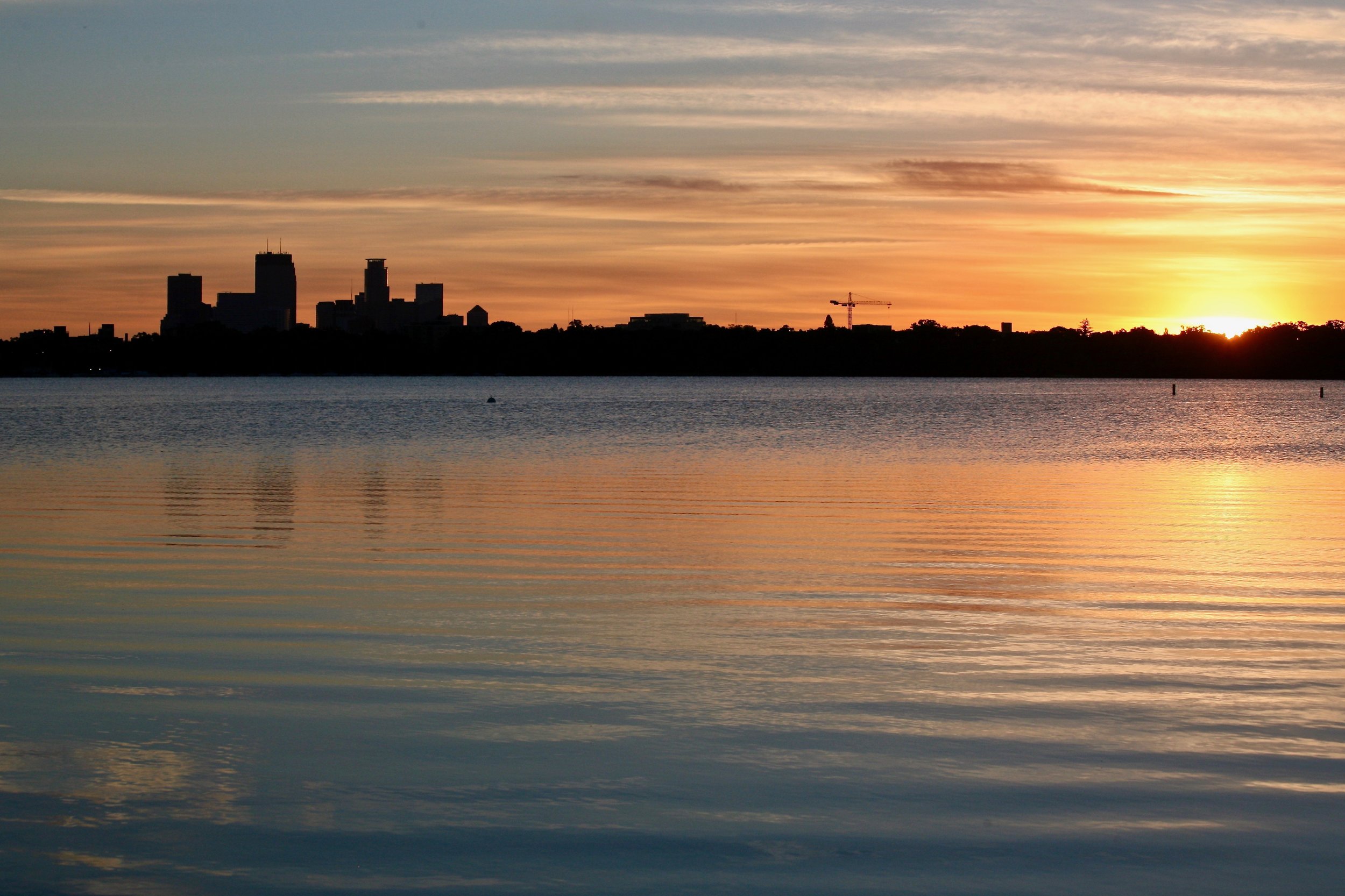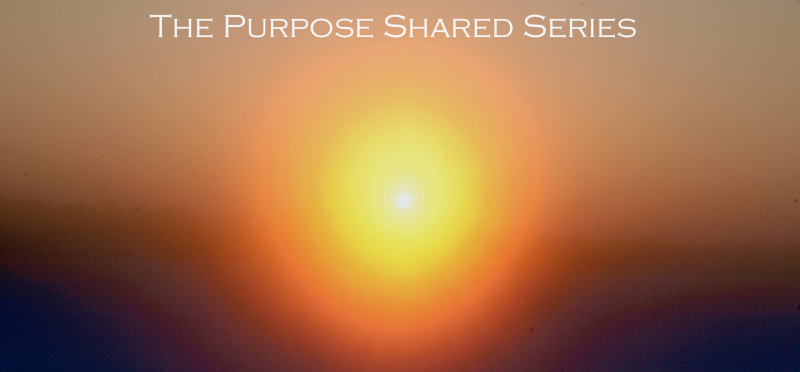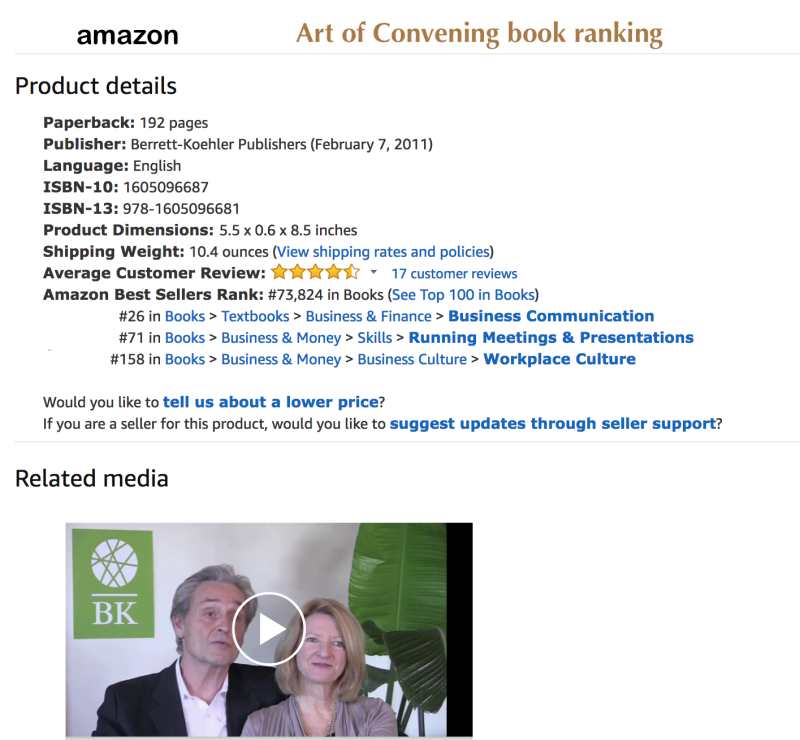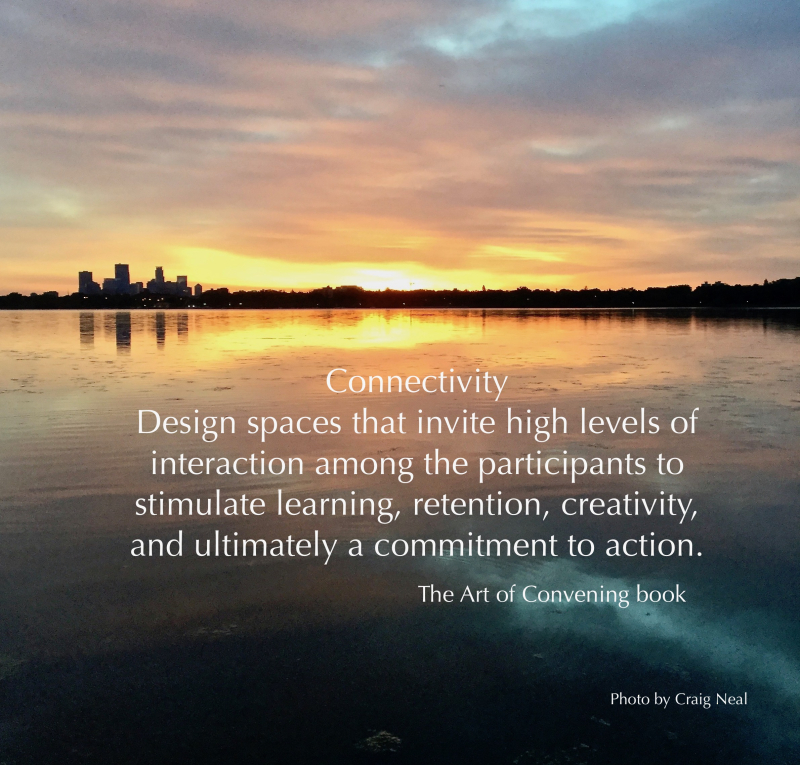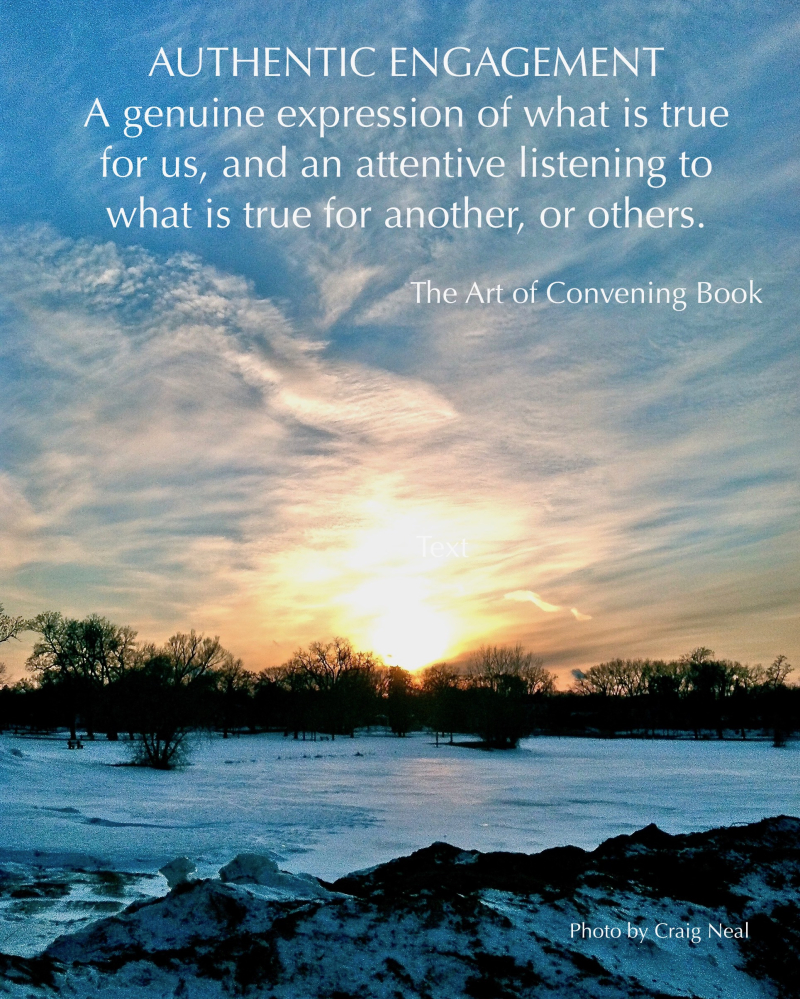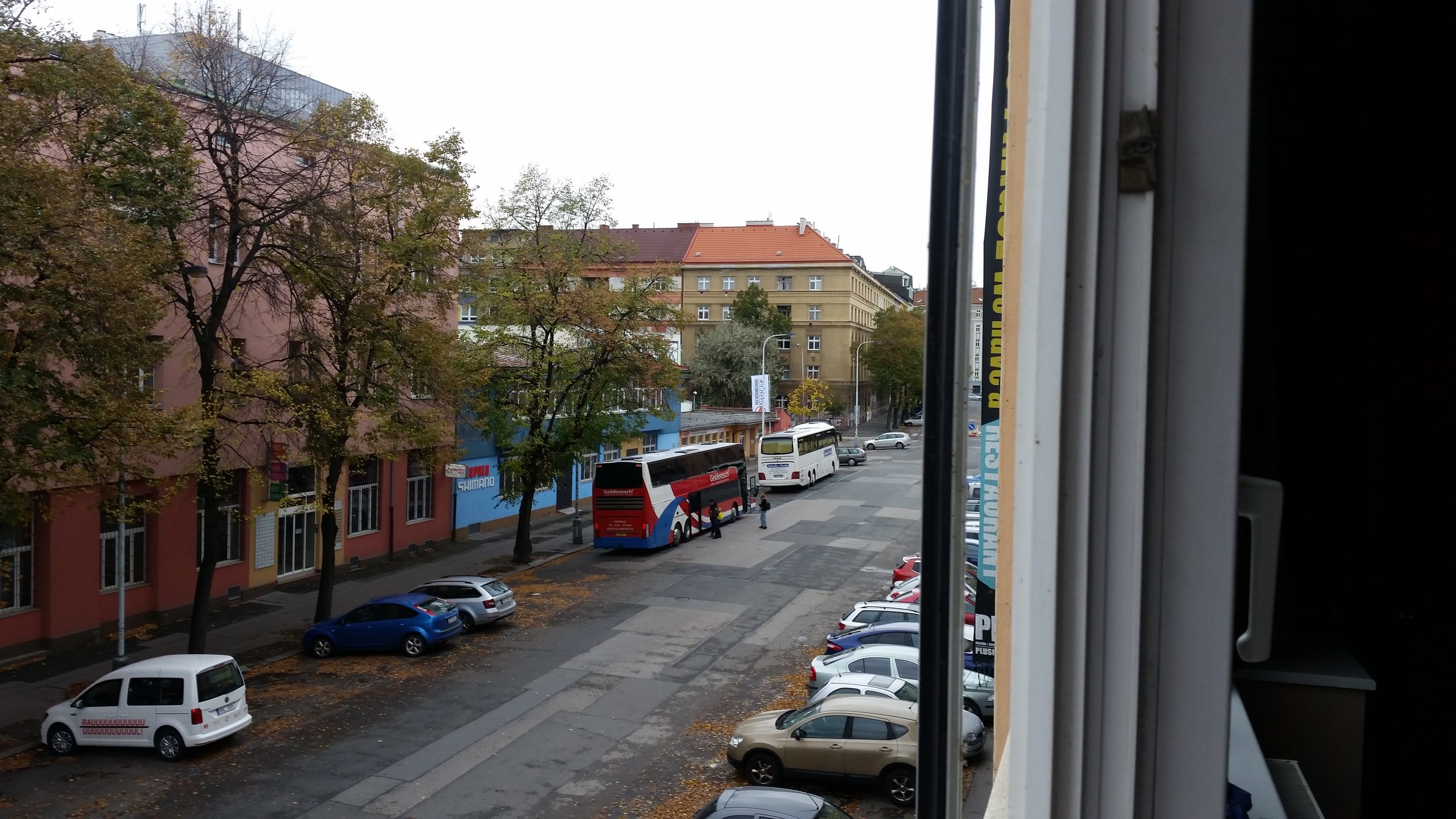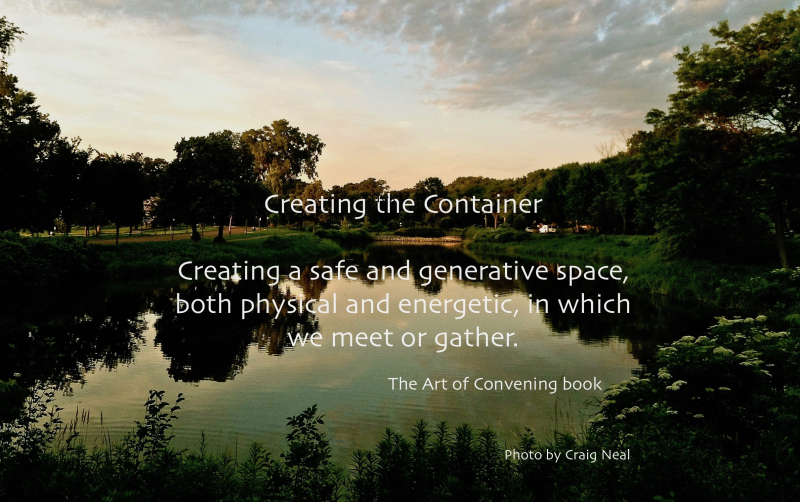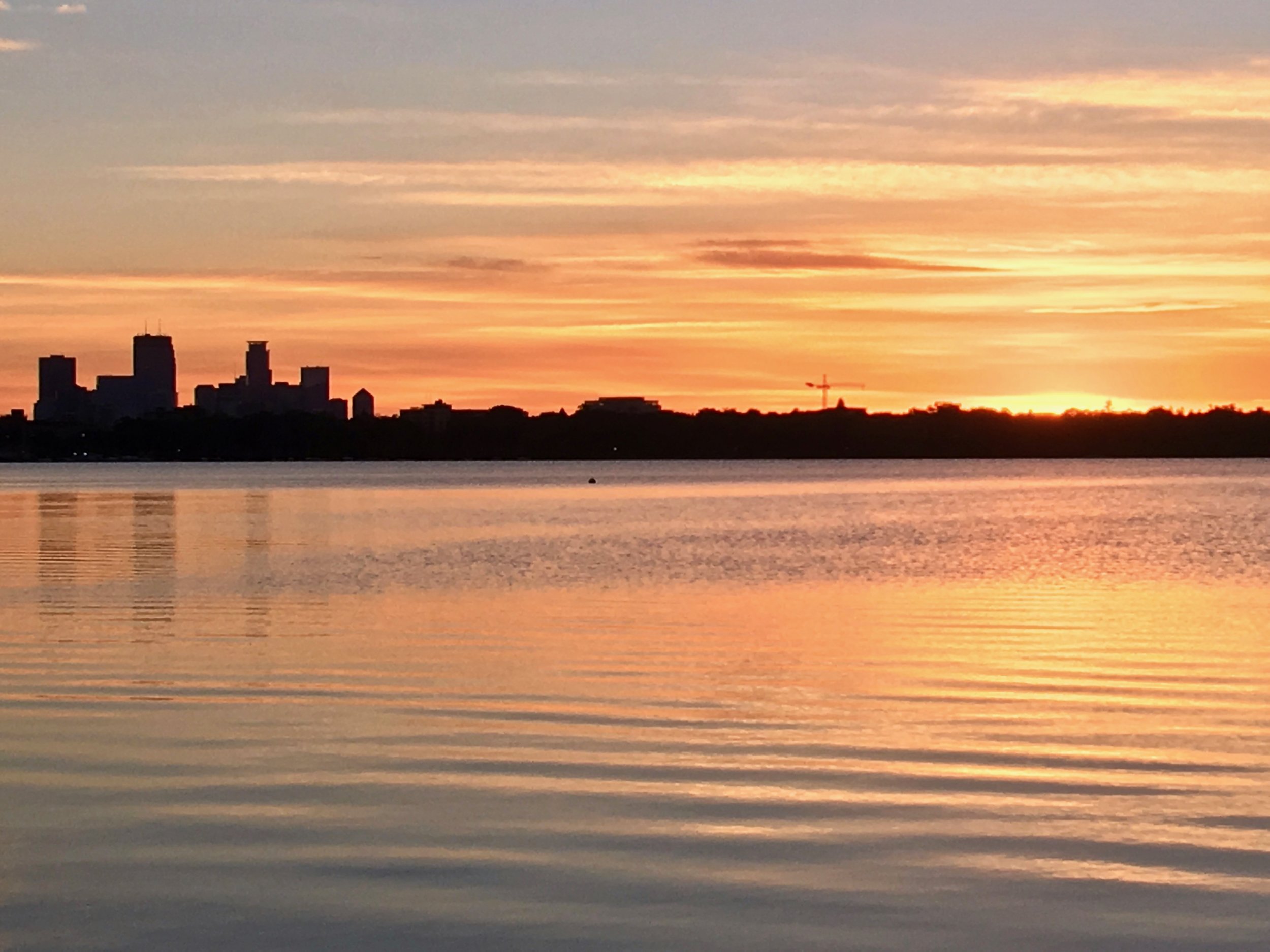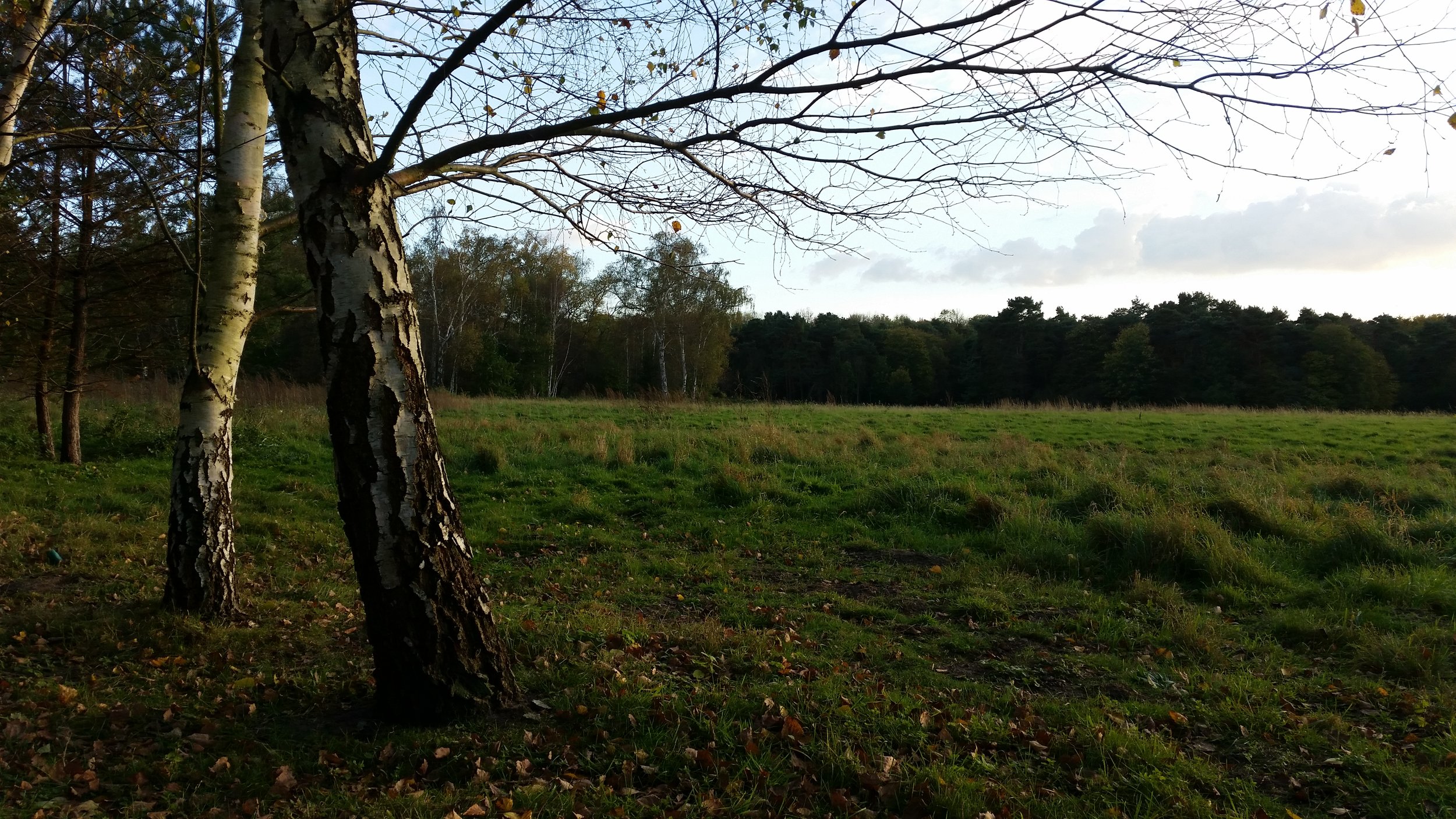Leo Kim, author of Healing the Rift: Bridging the Gap Between Science & Spirituality, joined Craig last for this month's VisionHolder Interview. Many thanks to Leo for a visionary conversation. He spoke to recent and coming scientific advances that coincide with spiritual beliefs about the power of the mind to heal. Clinical trials are demonstrating and proving the power of the mind.
Your mind can change your body at the cellular level. Science is confirming that literally, what you think gets relayed to the rest of your body. You can create a “reframe,” change your mind from negative to positive, to rewire your brain. Positive thinking gives you positive chemicals that spread to all over your body.
Scientific spirituality...
At work: treat people like they are your family. What motivates them? What are people’s dreams? Create the workplace to be congruent with people’s career goals and dreams to create a successful workplace. When people look forward to coming to work, it changes their chemistry to more presence and success for themselves, which translates to a successful workplace.
Help the individual to be highly productive, while moving them toward their dream, whether it’s with your organization or another future goal.
WWTWB: What we think, we become. What the group thinks, the group becomes.
When Leo realized that the world religions all teach the same thing, and then realized that science is now speaking to those teachings, he knew it was time to write the book. The book cover graphic is an elephant, representing the Hindu parable of The Blind Men and the Elephant. Each religion represents one point of view. Put them all together and you have an elephant.
There is more to the world than material things, i.e. A higher power. Spirituality is finding your own spiritual self.
Practical applications:
In order to practice WWTWB, you first have to quiet the mind, move to mindfulness. To rewire our brains, change our lives, we have to learn how to utilize the mind. 70 year-olds can reclaim the mental acuity of a 30-year-old.
How do you heal rifts? What can we do to put this into action?
If one focuses on differences, the rift will never be healed. If you focus on commonalities, you heal rifts. That’s how negotiators work. They look for the commonalities and build on them.
Integrate the commonalities within the business/employees/marketplace to have a successful business.


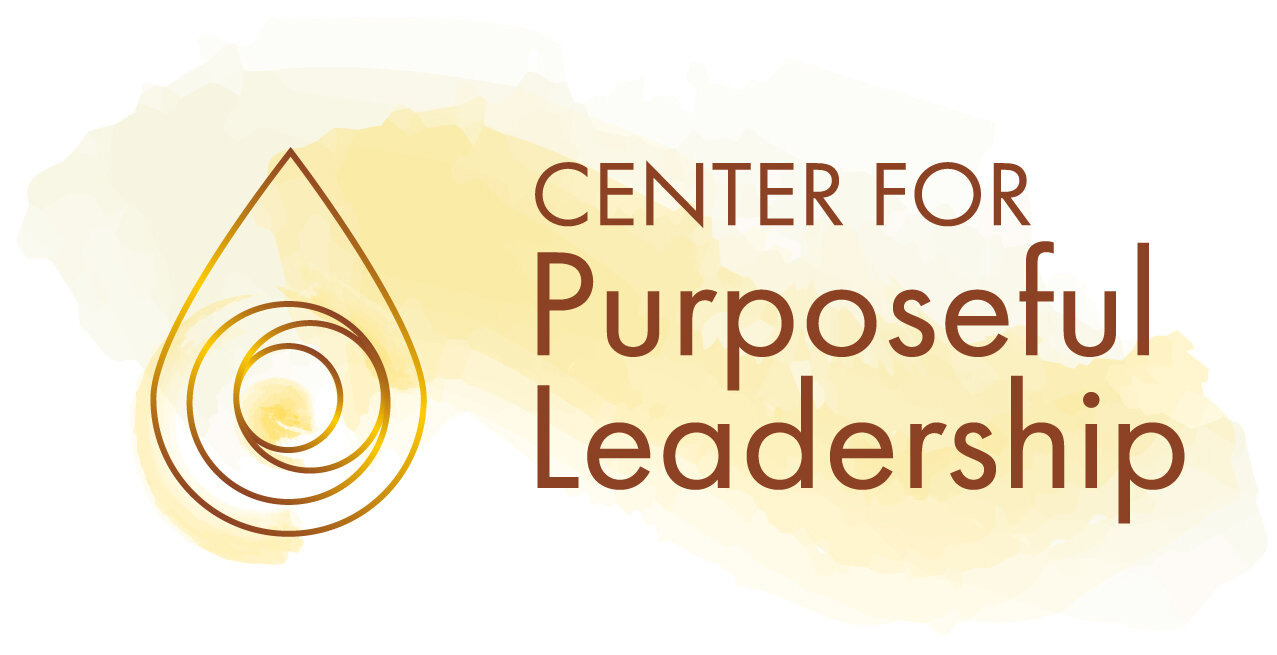




















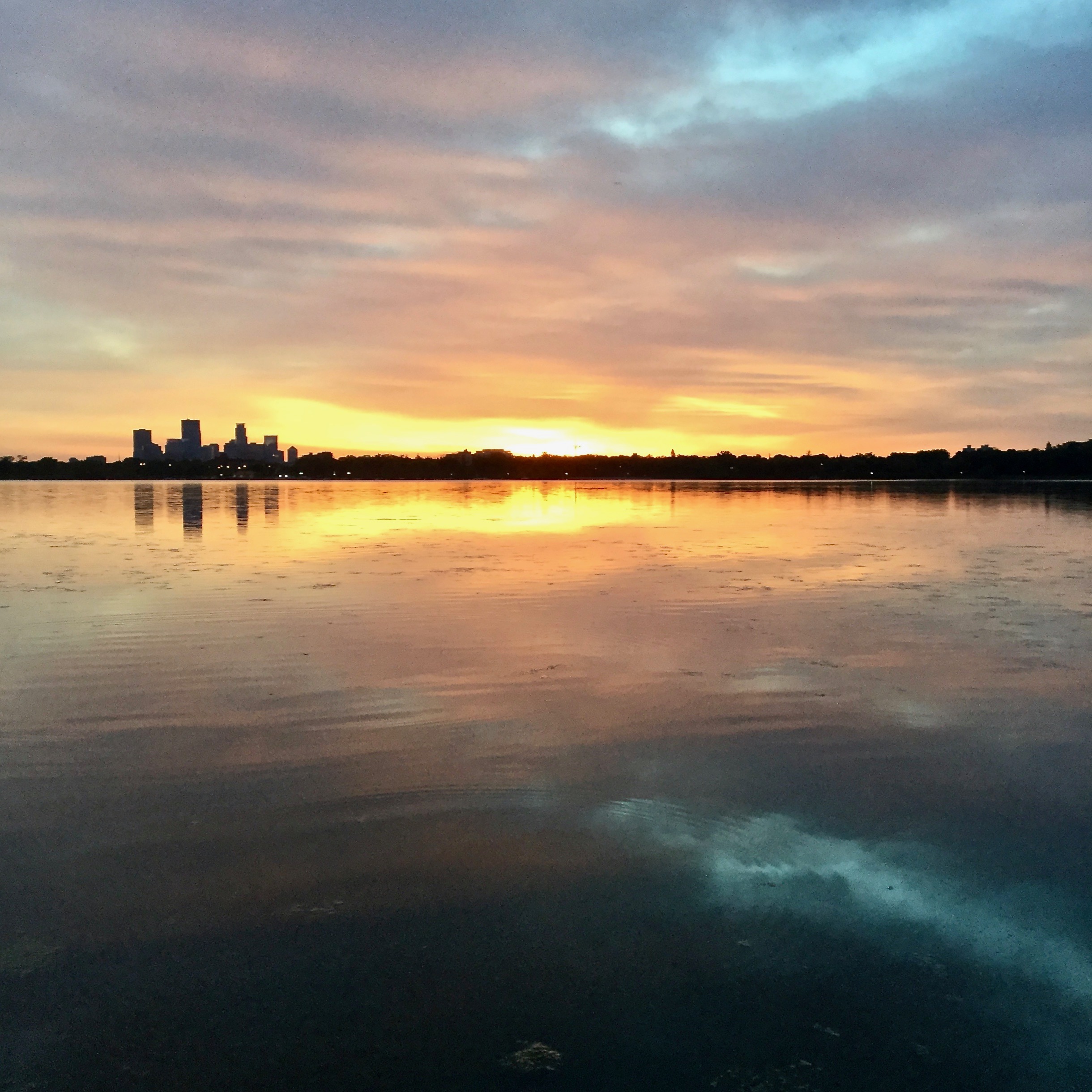



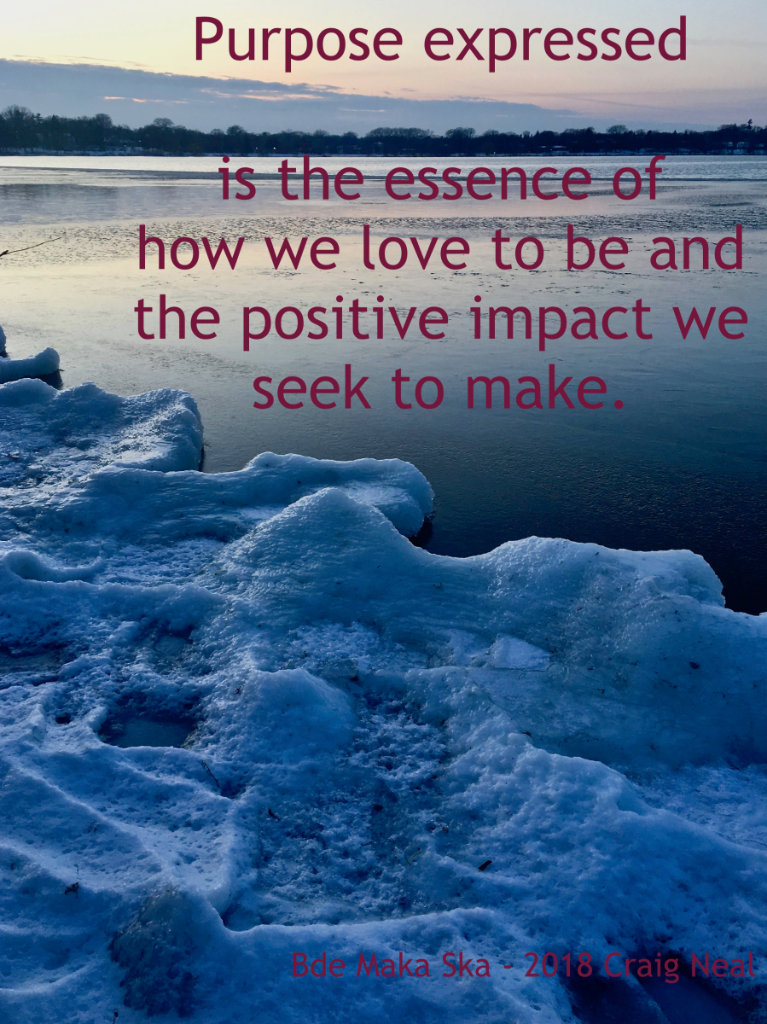














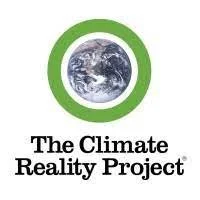







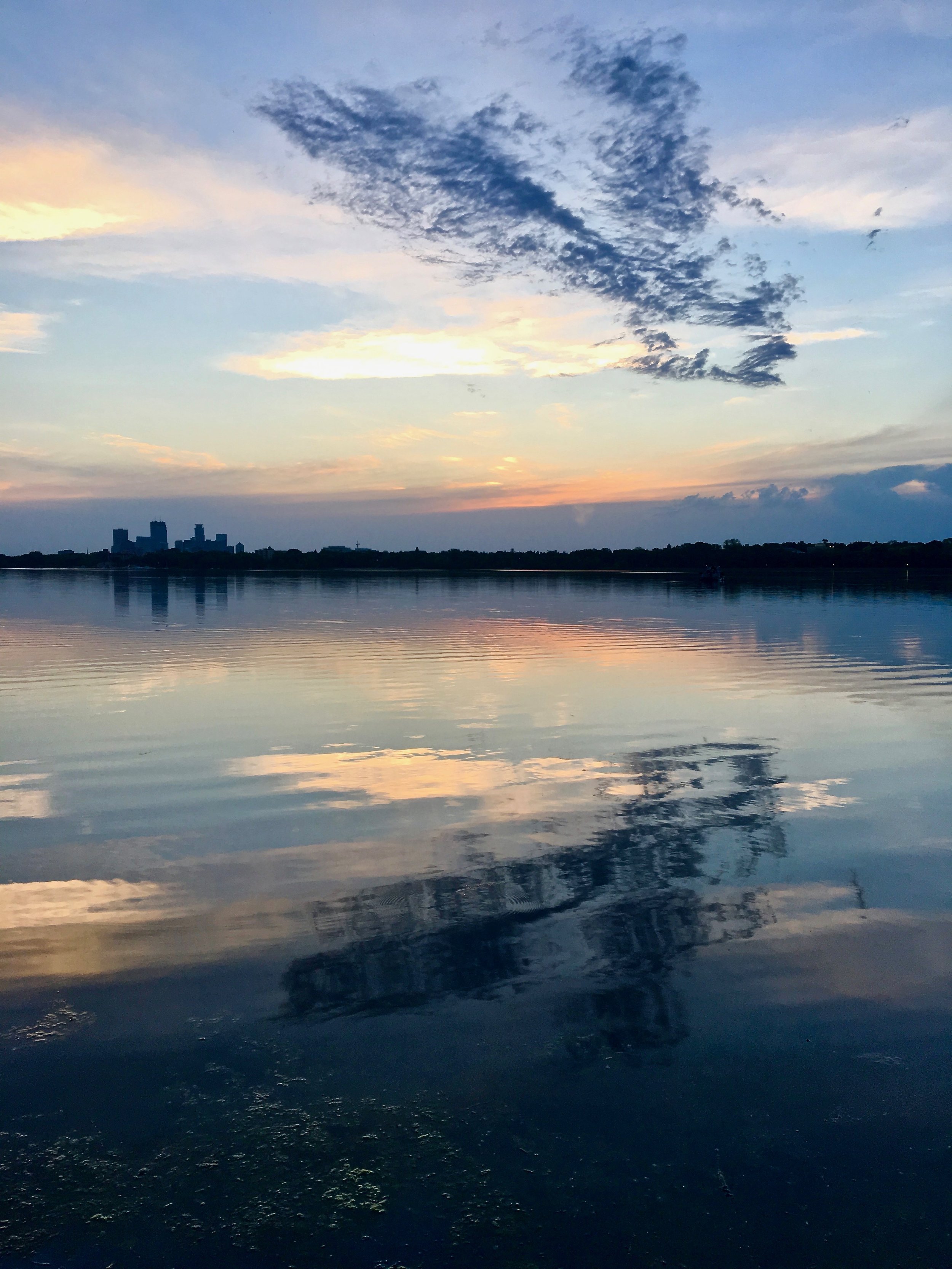

![[Hearth] Voices from Ukraine: Part 2](https://images.squarespace-cdn.com/content/v1/58a4e3be9de4bb98b066fd6f/1647955546471-VUGA4FCGFEUYJ29TEQVA/sunforest-mix-sunflower-types-1586794598.jpeg)

